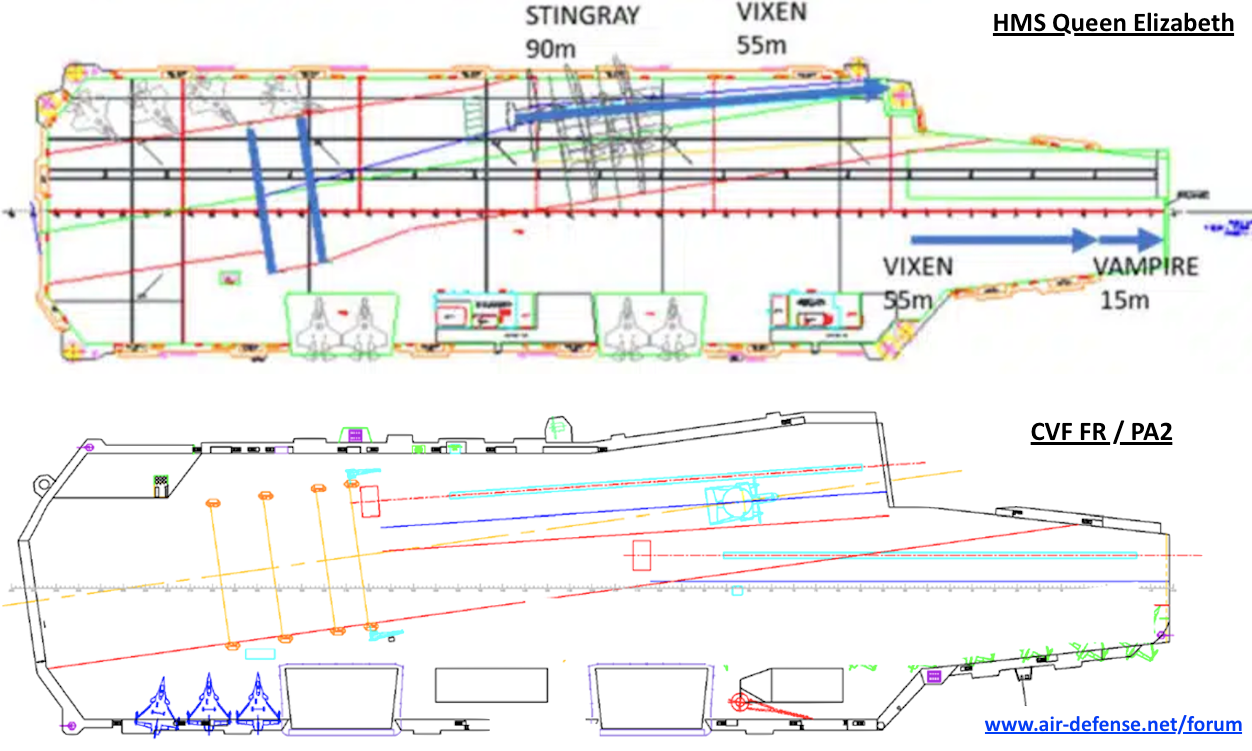Electrical Jato = dedicated lift engine or Lifter (=flying e-jato pack). Jato induce hazard in the carrier environment (it was not a suitable long term solution at the early years of jet carrier aviation).
Last edited:

Active duty in this thread.On Saturday, officials from Japan, Britain and the United States welcomed the carrier at a dock at the U.S. Navy’s Yokosuka base. The Royal Navy band on board responded by performing music with bagpipes.
The port call by the carrier strike group is said to be the largest in the history of Japan-Britain relations, according to the British government.
British Ambassador to Japan Julia Longbottom emphasized the significance of its visit, saying, “We believe this visit marks the elevation of our defense and security relationship to a new level.”
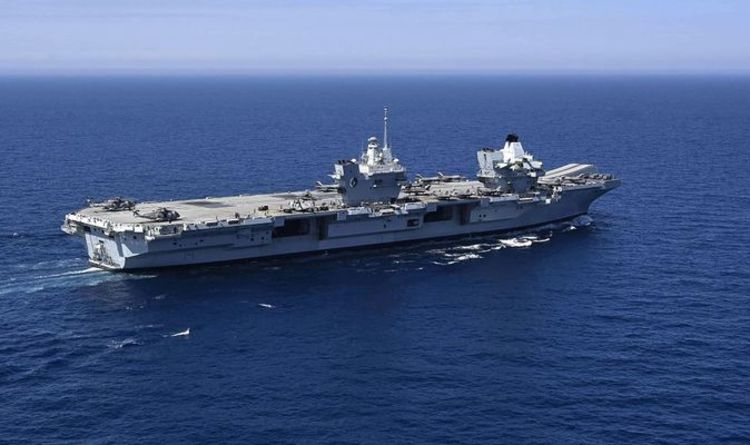
HMS Queen Elizabeth takes Japan relations to ‘whole new level’
THE HMS Queen Elizabeth has made its first port call in Japan today, marking a historic turning point in the relations between the UK and the land of the rising sun.www.express.co.uk
(Reference for design of the shafts and props: https://www.rolls-royce.com/~/media...uments/news/6-page-qe-booklet-tcm92-58802.pdf)


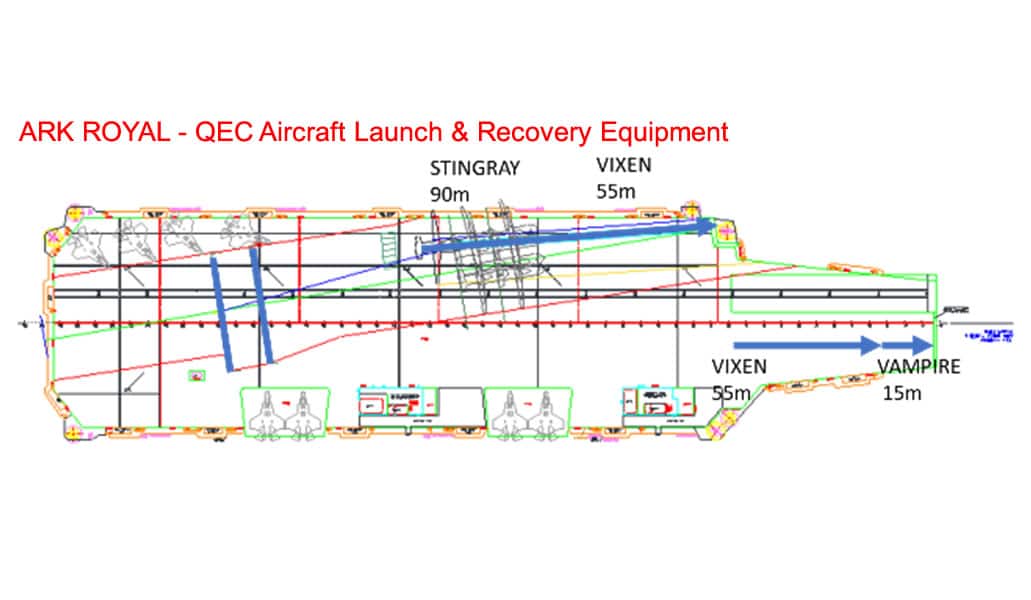
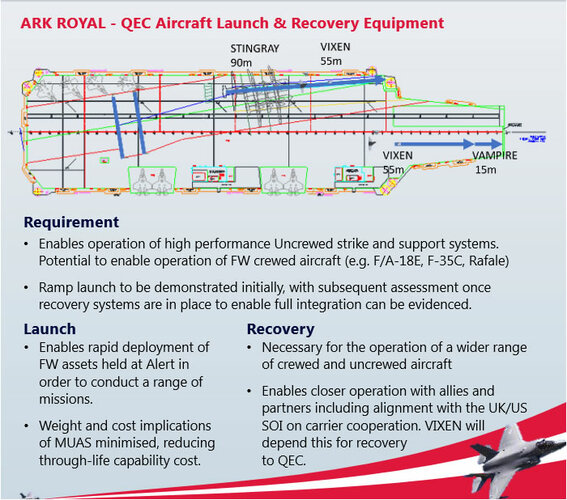
Indeed, the original decision for STOVL was by the Blair/Brown governments, but I do wonder why the Cameron government decided to revert to STOVL after first making the decision to switch to CATOBAR. I wonder if it was related to Britain having a larger workshare in the B model of the F-35 than in the C model and the B model being under threat of cancellation.It was the then Government of the day that decided against CTOL, if they had gone CTOL from the off then we could have had the F-35C which had more range and better weapons carrying capability than the STOVL F-35B.
Sorry for the bad wording, it was just speculation on my part based on the UK having more relevant experience on developing STOVL fighters than CATOBAR fighters. The official reason for the U-turn was the price of the switch to CATOBAR being about 2 billion pounds per ship, with the price of the equipment being less than 25 % thereof, which has always seemed a suspiciously astronomical sum to me.I did not know that about the larger work share of the B model of the F-35? The then Labour government should have gone for the CTOL F-35C from the start when they were deciding what fighter to go with back in 1997, looks like a lot of governmental messing around I think. In the end they should have let the navy chose what fighter they wanted.
And tread on RAF toes for Tornado replacement. Sucking precious funds away.It was the then Government of the day that decided against CTOL, if they had gone CTOL from the off then we could have had the F-35C which had more range and better weapons carrying capability than the STOVL F-35B.
You mean CATOBAR not CTOL, unless talking about Habakkuk.An interesting development Raptor82, I had previously thought that the aircraft carriers had the capability to launch CTOL aircraft removed when they went STOVL it now looks like they hadn't which is good news for the future.
Any deck of sufficient size can operate small CTOL drones, nothing was added or taken away from the QECs regarding that. The plan to complete them with full CATOBAR suite was killed, and now they're talking about adding back a "light" form of that for supporting drones (and maybe eventually crewed aircraft).An interesting development Raptor82, I had previously thought that the aircraft carriers had the capability to launch CTOL aircraft removed when they went STOVL it now looks like they hadn't which is good news for the future.
When i first saw the link I thought it was talking about the historical Ark Royal and her post-war modernizationsThe project names "Ark Royal", "Vixen" and "Vampire" also seem highly symbolic...
No chance of that with the current carriers sadly.That is what I eventually what I want to see Moose, a navalised variant of the GCAP/Tempest sixth generation fighter.
In the aftermath of the reversion decision, the reasons for much of the cost was revealed... the so-called "capability to be converted to CTOL" was always tied to a mid-life modernization scenario... where the spaces that would be required for the CTOL equipment could be emptied of the equipment etc that were in them (what, you thought they would leave a lot of internal volume empty for the first half of the ship's life? Stupid!) and that equipment relocated elsewhere as part of a wholesale updating of the ship's equipment outfit.Sorry for the bad wording, it was just speculation on my part based on the UK having more relevant experience on developing STOVL fighters than CATOBAR fighters. The official reason for the U-turn was the price of the switch to CATOBAR being about 2 billion pounds per ship, with the price of the equipment being less than 25 % thereof, which has always seemed a suspiciously astronomical sum to me.I did not know that about the larger work share of the B model of the F-35? The then Labour government should have gone for the CTOL F-35C from the start when they were deciding what fighter to go with back in 1997, looks like a lot of governmental messing around I think. In the end they should have let the navy chose what fighter they wanted.
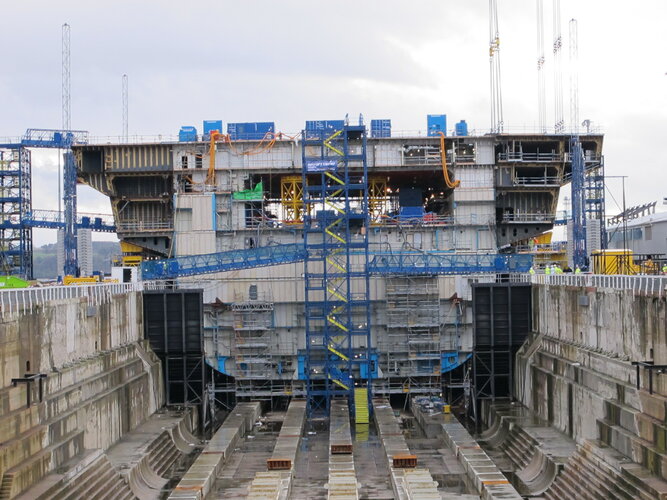

UK explores cats and traps retrofit to QEC aircraft carriers - Naval News
Project Ark Royal: The Royal Navy is studying the introduction of catapults on board its two Queen Elizabeth-class aircraft carriers.www.navalnews.com
Project Ark Royal
View attachment 700668
